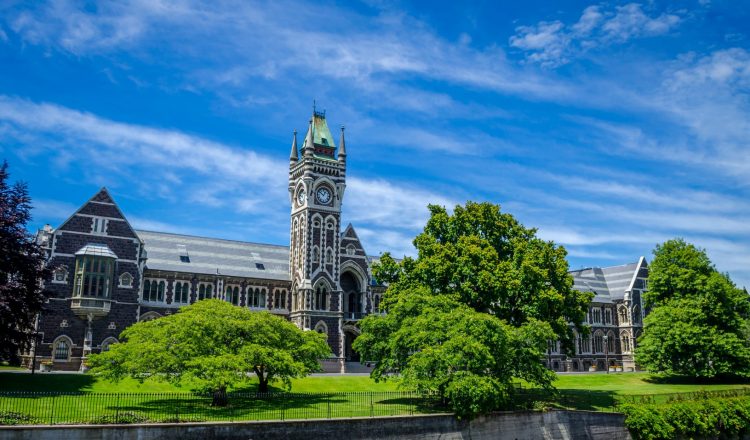Chọn các môn học phổ thông
Lớp 9 và Lớp 10
tất cả học lớp 9 và lớp 10 ở trường trung học tiếng anh được yêu cầu nắm chắc thời khoá biểu môn tiếng anh, toán, khoa học cũng như bảo đam sức khoẻ và thể chất giáo dục. Ngoài ra, hầu hết các trường trung học có nhiều sự lựa chọn cho con bạn lựa chọn, bao gồm công nghệ, nghệ thuật, khoa học xã hội và ngôn ngữ khác ngoài tiếng Anh.
Đây là một điều hay để bạn và con bạn suy nghĩ về bất kỳ lĩnh vực nào quan tâm hoặc thế mạnh cụ thể nào khi con của bạn học lớp 8, vì điều này có thể ảnh hưởng đến sự lựa chọn trường học và các lựa chọn môn học nào khi các em chuyển sang lớp 9. Nếu tại thời điểm nhập học con bạn không chắc chắn về những môn học tùy chọn nào mà họ muốn học, trường mà bạn chọn sẽ hướng dẫn bạn về những vấn đề này.
Lớp 11 trở lên
Trong các năm 11-13 học sinh chuyên sâu hơn khi theo học NCEA (Chứng chỉ Giáo dục Quốc gia, là bằng cấp chính của trường trung học cơ sở). Hầu hết các trường học, học sinh sẽ bắt đầu xem xét các lựa chọn trong lĩnh vực môn học giữa năm Lớp 10. Điều này bao gồm việc học sinh phải có được bằng cấp mà họ sẽ cần khi rời trường để chuyển sang làm việc hoặc sẽ theo học đại học theo nguyện vọng của học sinh.
Các yêu cầu đối với các khóa học đại học khác nhau vì vậy tốt nhất là sinh viên nên mở ra các sự lựa chọn càng lâu càng tốt. Và có thể có một số học sinh không chắc chắn những gì họ muốn làm khi họ rời trường.
Ngoài các lĩnh vực chủ đề chính, nhiều trường cung cấp các khóa học hướng đến các nghành nghề như du lịch và du lịch lữ hành, kỹ thuật và dịch vụ khách hàng.
Ai có thể giúp?
Cố vấn nghề nghiệp tại trường của con bạn sẽ có thể hướng dẫn bạn về các lựa chọn môn học và cách họ có thể ảnh hưởng đến việc học tập hoặc lựa chọn nghề nghiệp trong tương lai. Trong nhiều trường hợp, họ có thể giúp con của bạn phát triển một kế hoạch học tập cá nhân. Xem lại tám bước để chọn đối tượng:

















































